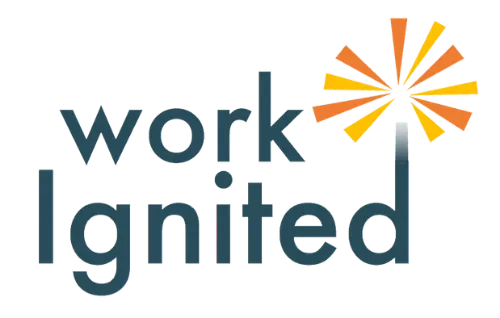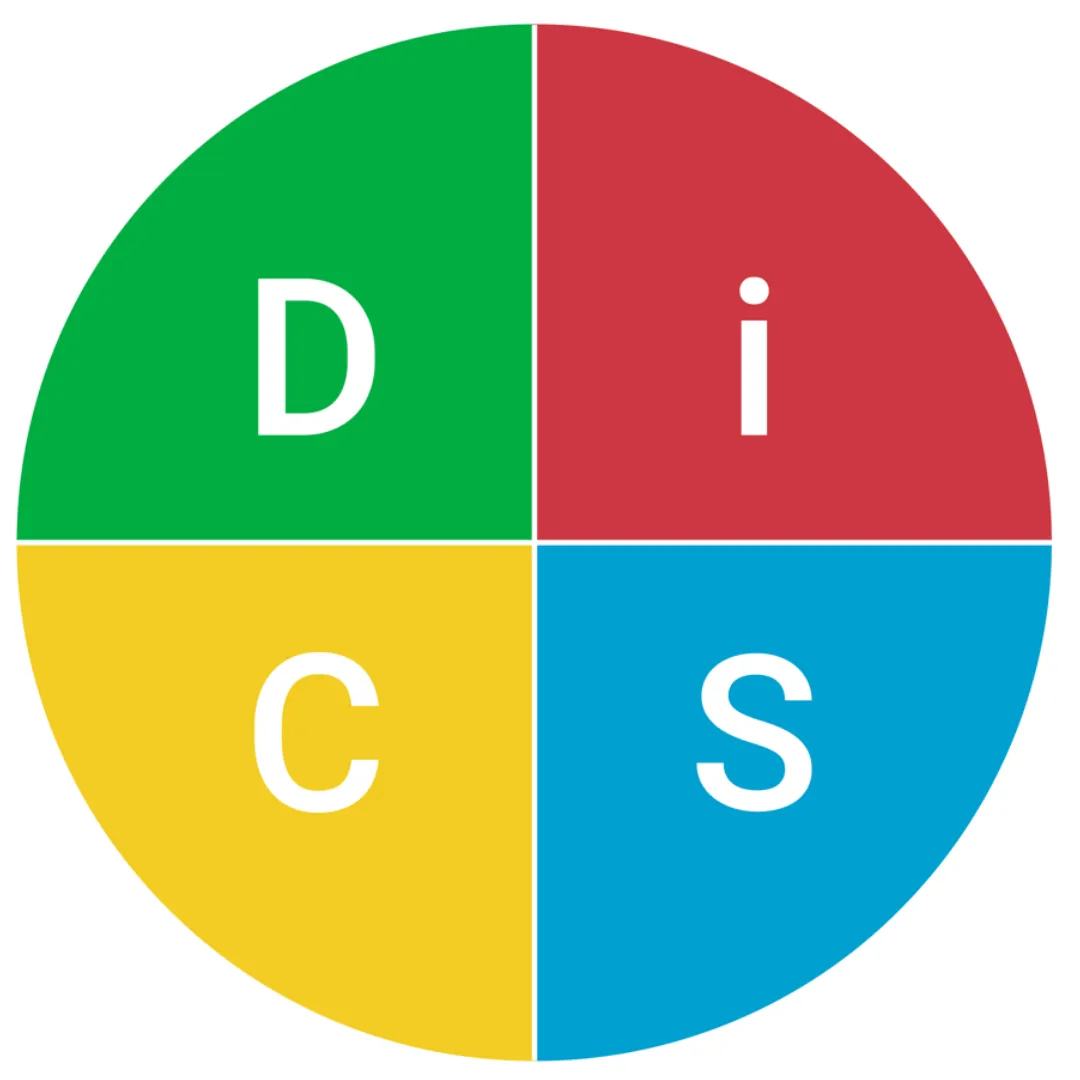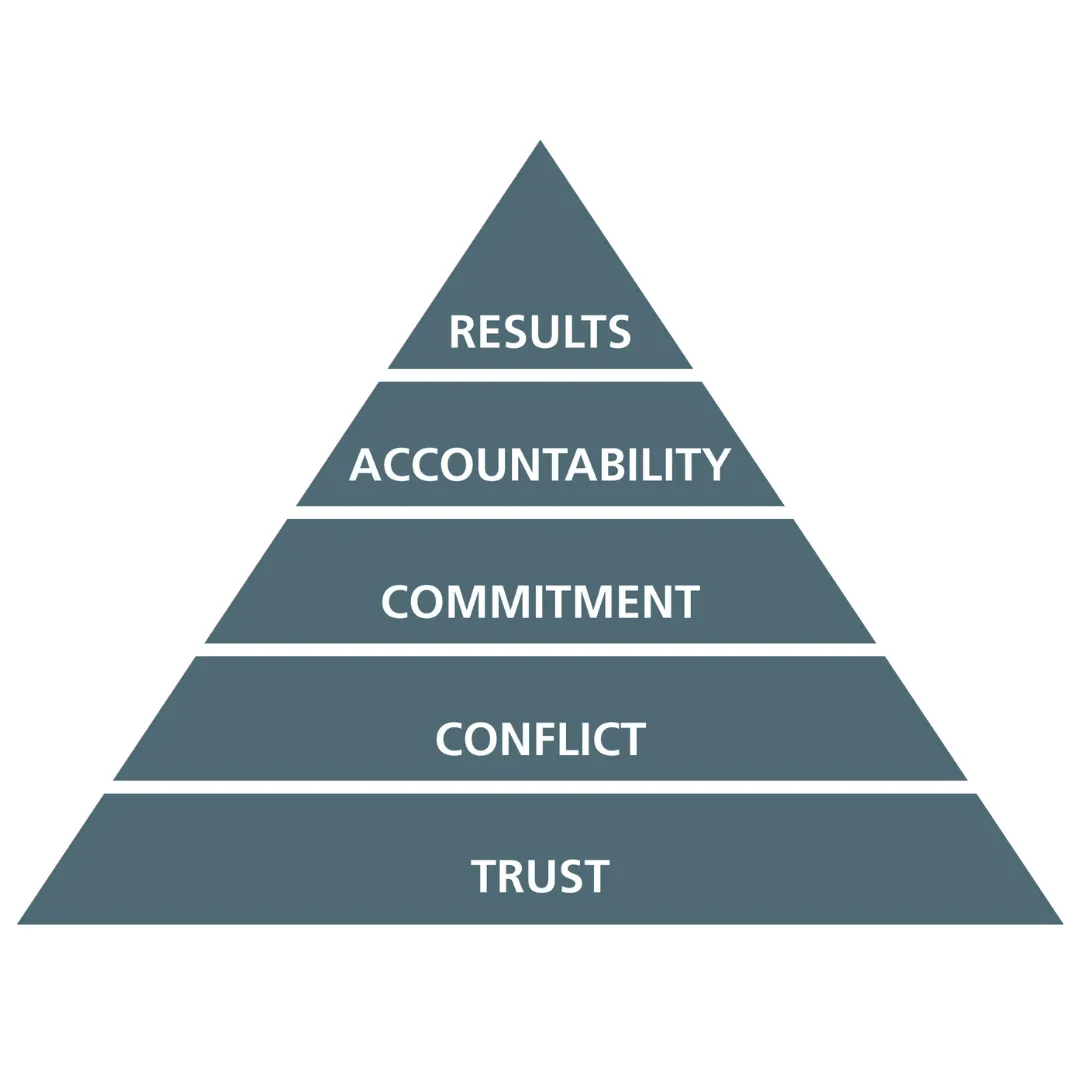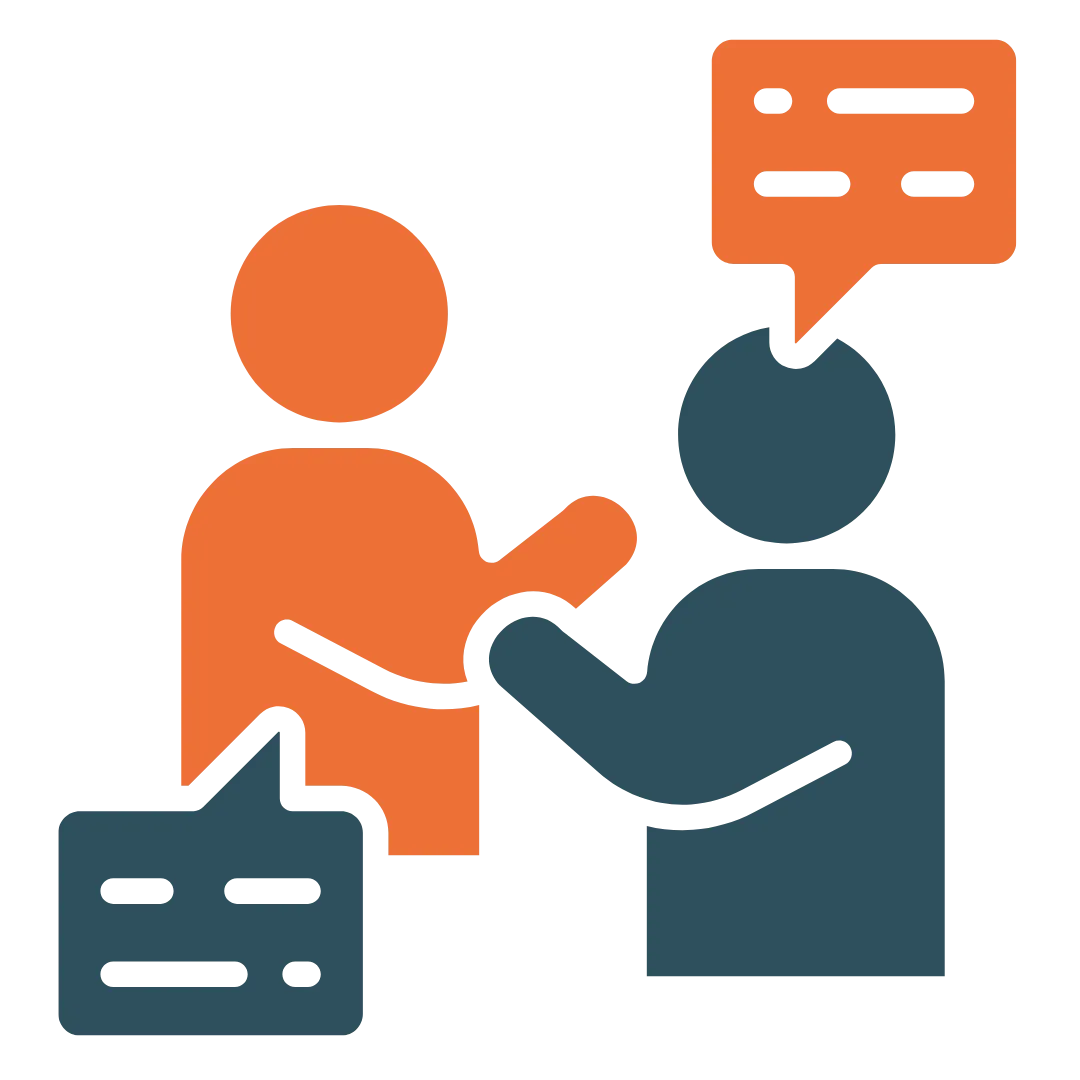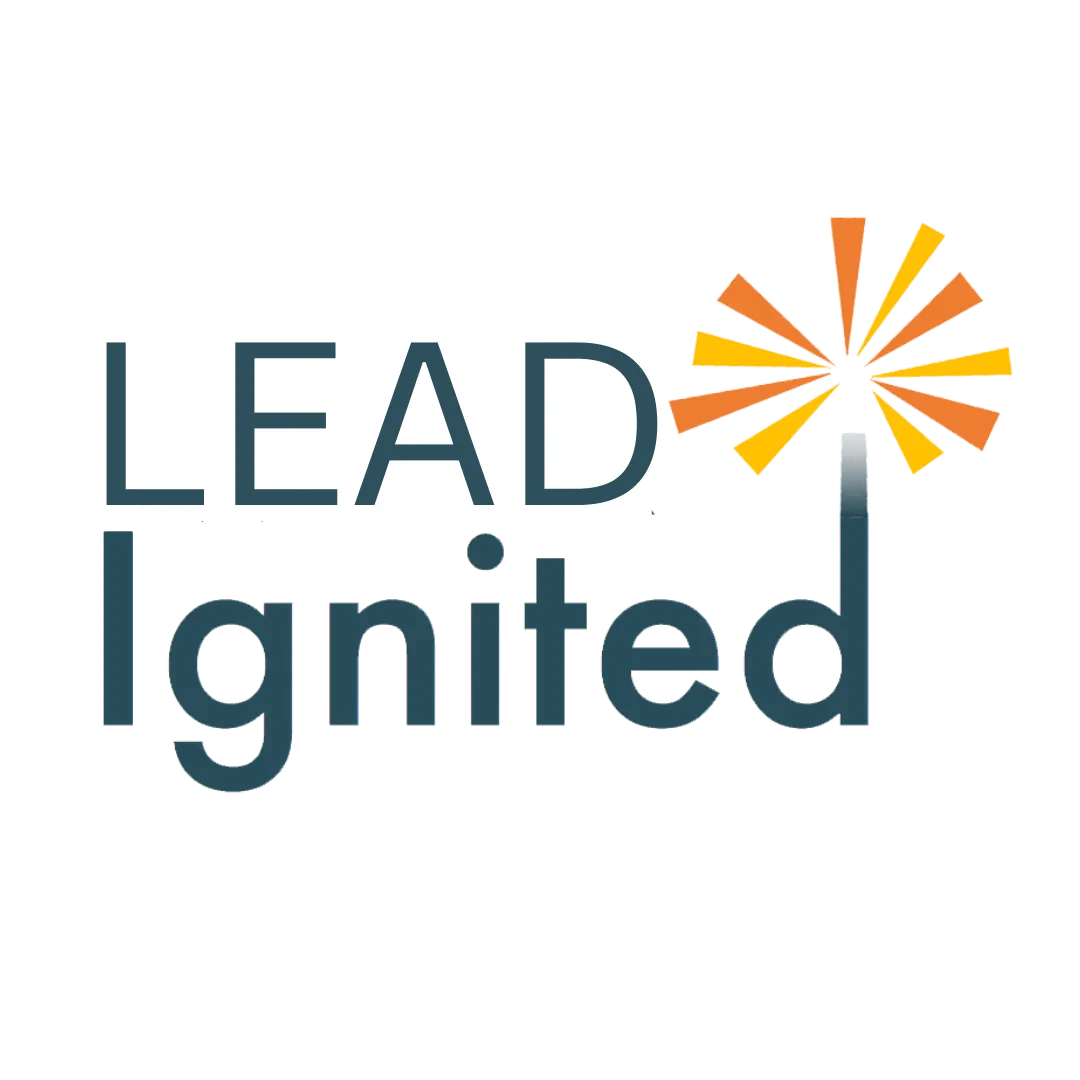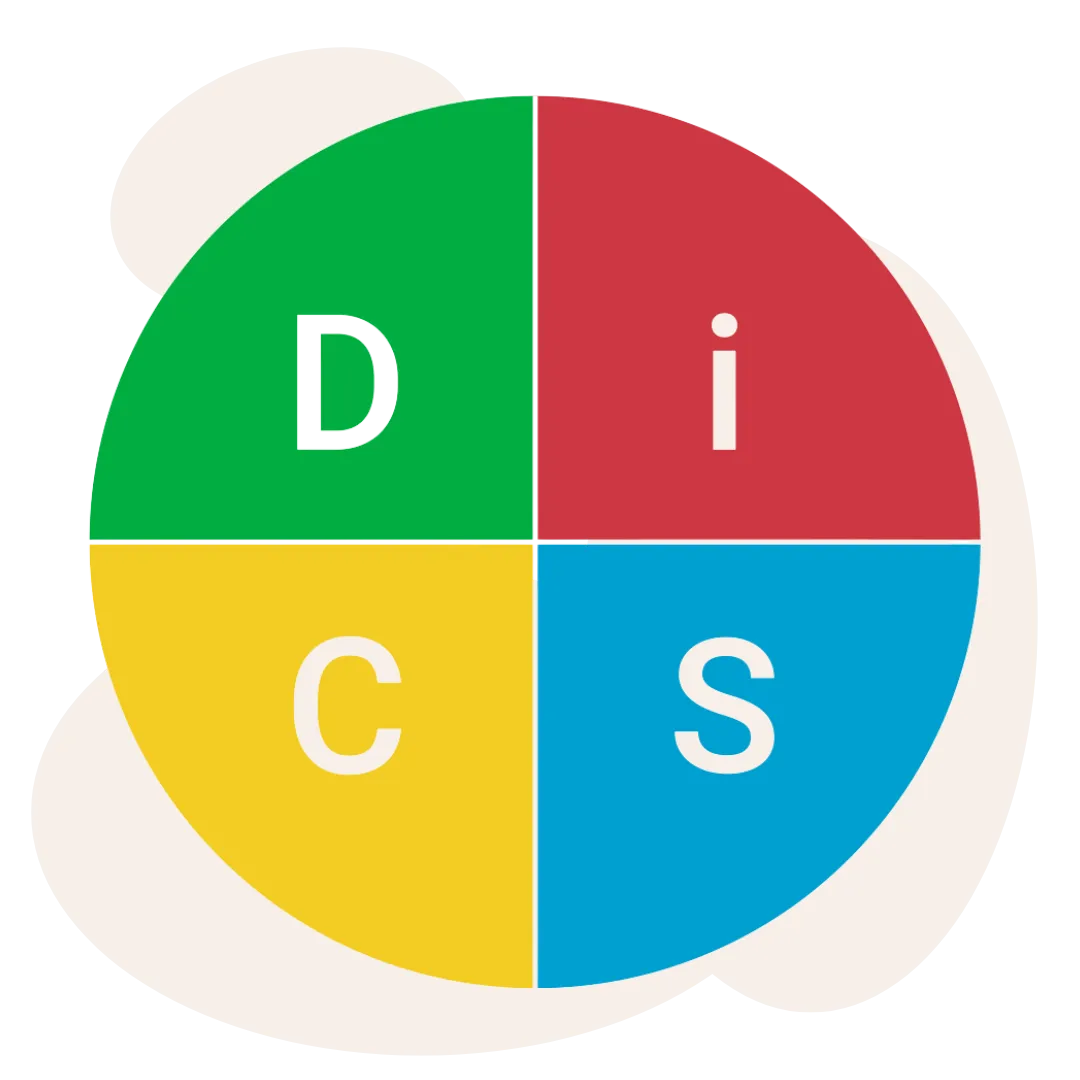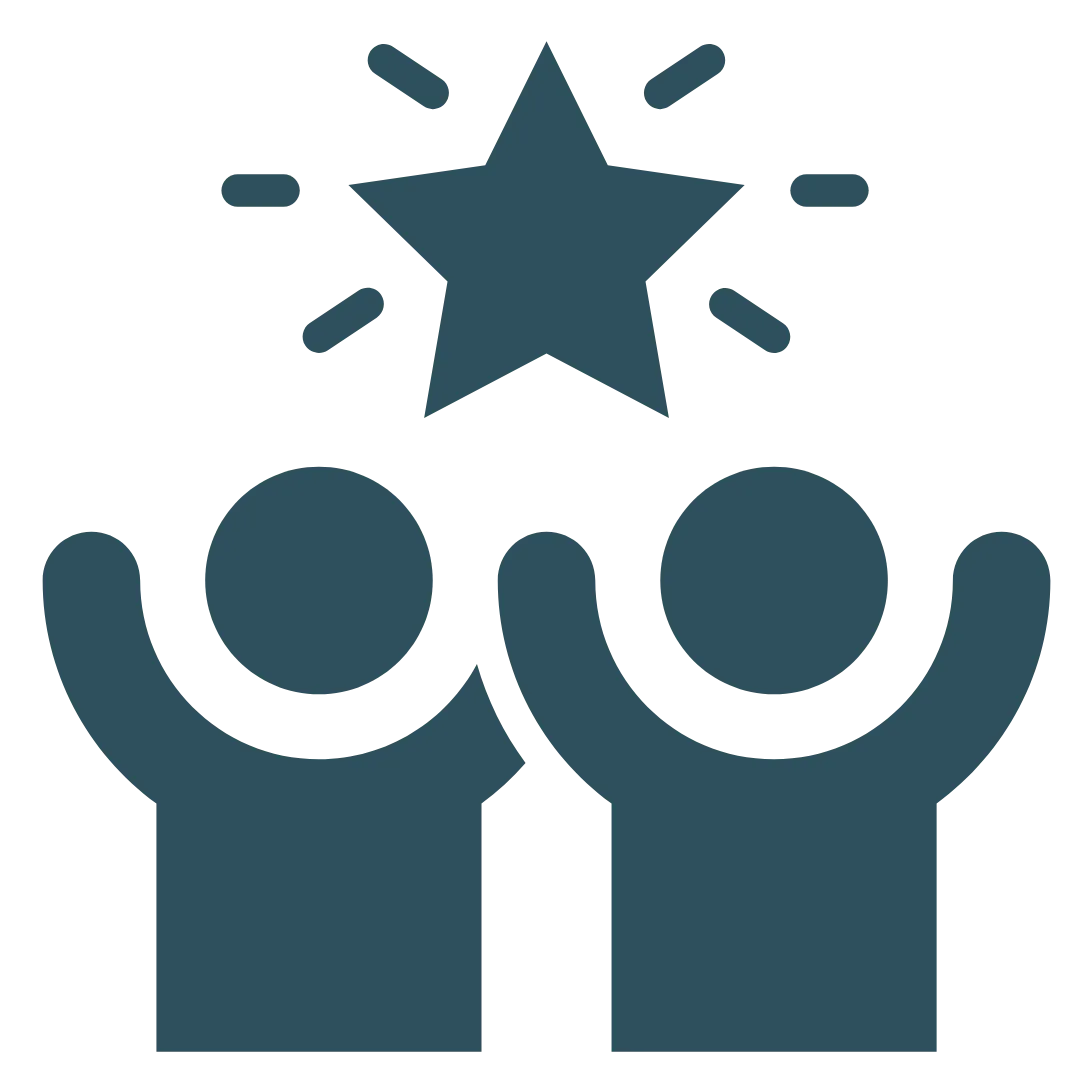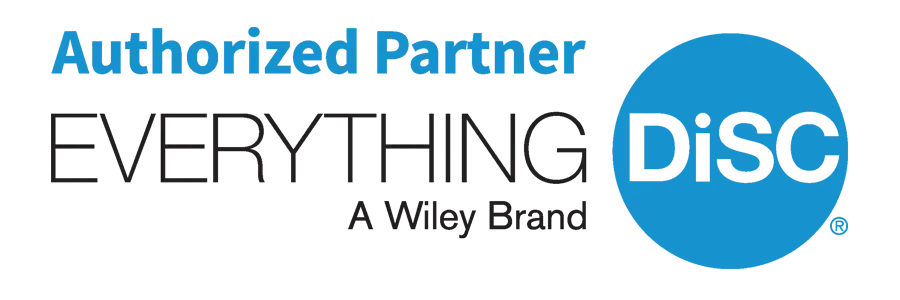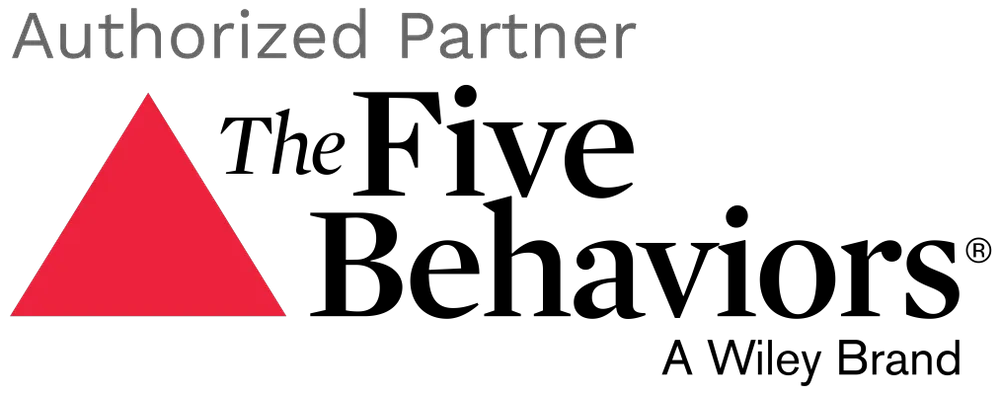Simple solutions to build teamwork with one department or your entire organization.
Whether you're looking for a facilitator, Five BehaviorsTM Certification, or just to purchase the facilitation resources for your own do-it-yourself programs, our solutions are easy-to-administer and easy-to-afford.
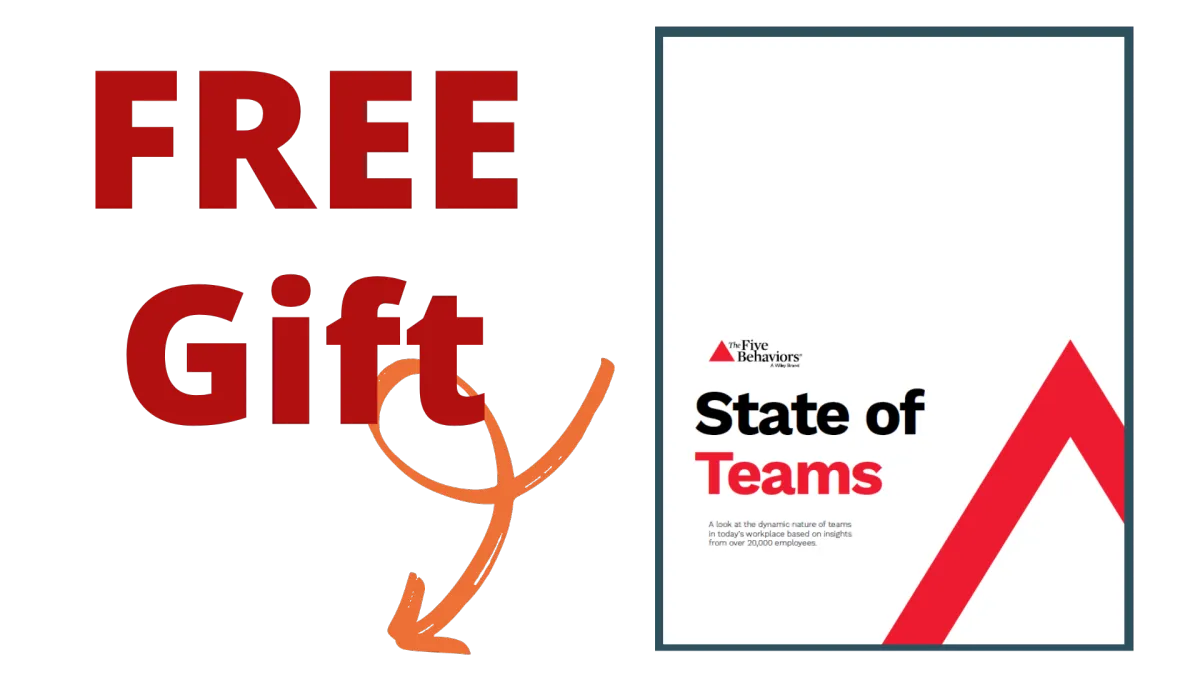
The State of Teams
See what employees fear about post-Covid teamwork.
Identify how team members waste 7 hours every week due to lack of teamwork.
Learn a simple model for evaluating and building team skills.
Everything you need to build a stronger team!

Five Behaviors Profile
Measure your team's strengths and identify areas for improvement. Then, see how you contribute to the team's cohesiveness. You can even see how your Everything DiSC style can help or hurt your team.
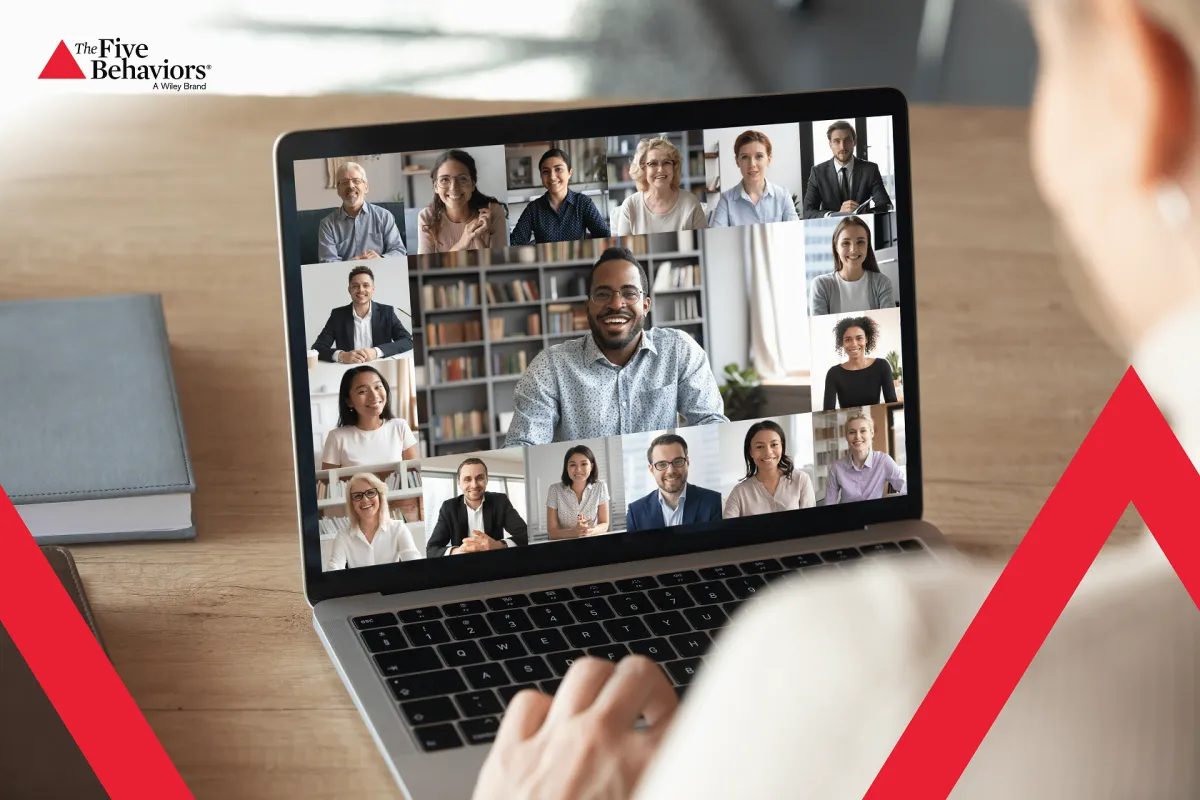
Team Building Facilitation
In person or virtual, our team building sessions are interactive, engaging, and insightful. Your team will strengthen trust and develop real frameworks for managing conflict, building commitment, and achieving shared results.

Turnkey Facilitation Tools
Scripts for virtual and in-person sessions, engaging video featuring Patrick Lencioni, Power Point presentations, and certification programs make it easy to facilitate impactful team building sessions.
Your Teambuilding Toolkit
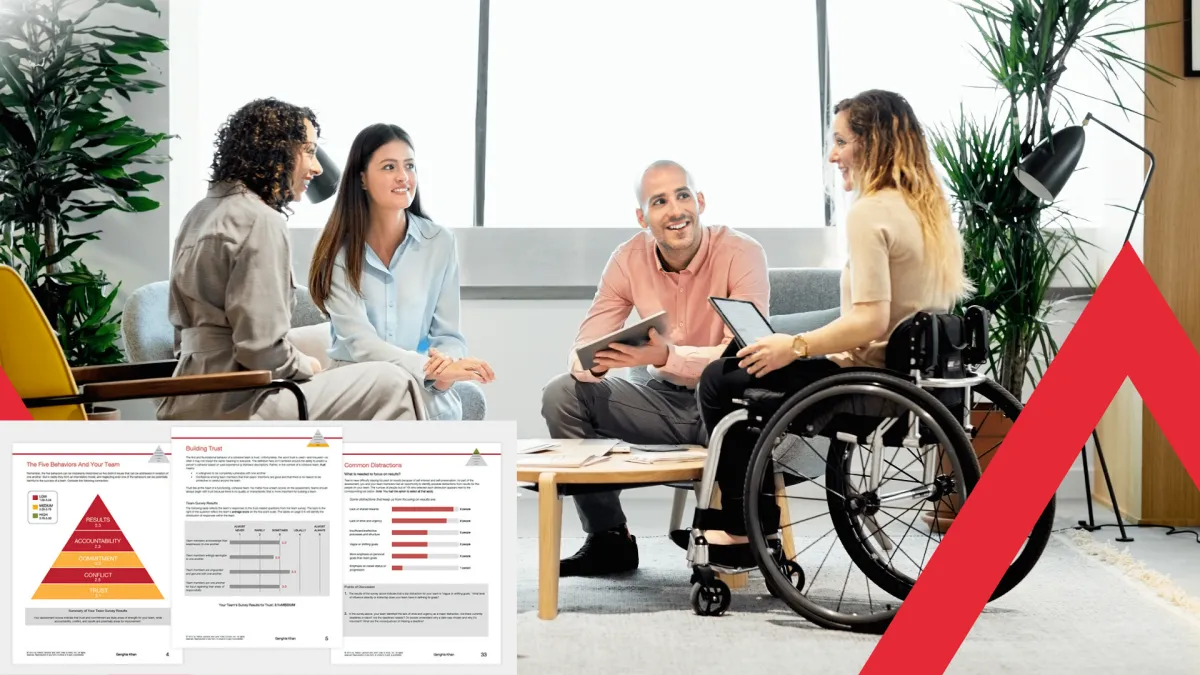
Five Behaviors for Teams
Use data collected from a team survey to identify ways to improve trust, build healthy conflict and commitment, develop peer-to-peer accountability, and focus on shared results.
Team member will see how their DiSC styles contribute to and perhaps, hinder teamwork.
A follow up survey creates a Progress Report to build accountability for change.
This version is best used for intact teams and is designed to be used over three-to-five team sessions.

Five Behaviors Personal Development Profile
Help one individual or your entire organization learn about the five behaviors that lead to being a strong team player.
Our Facilitation Materials make it easy to lead a virtual or in-person workshop where individuals gain self-awareness of their strengths and how they can contribute to strong levels of trust, healthy conflict, commitment, accountability, and shared results.

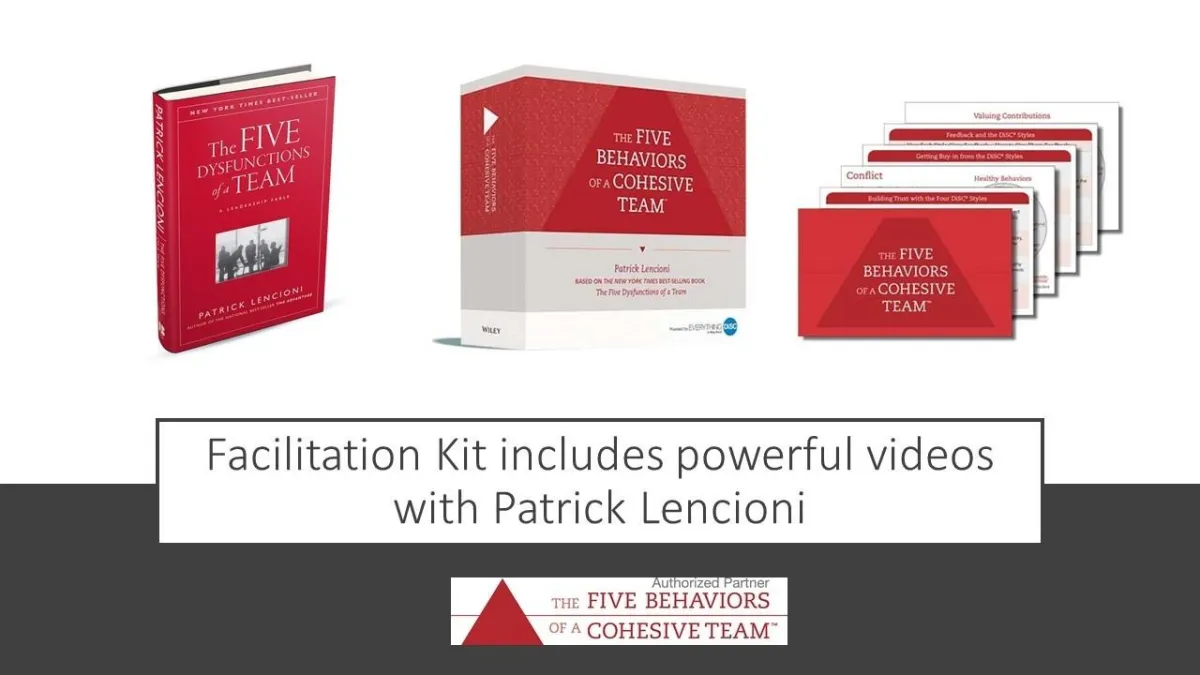
Facilitation Kit
Get the tools you need to lead dynamic team building sessions. Fully scripted sessions, engaging video featuring Patrick Lencioni, and interactive activities are right at your fingertips.
We'll even meet with you to review your team's data and map out a series of activities to achieve your goals.
Need ideas for your team building event?
Schedule a call with us. We'll discuss what's working and what's not. Then, we'll recommend
activities to help you achieve your goals.
Click the images below to achieve your goals.

Assessment
Solutions
Explore our assessments for candidate screening, development, team building, succession planning, and more.

Fabulous
Together
Give the women in your organization the coaching, confidence, and connections they need to have successful careers and a fabulous lives.

e-Learning
Made Easy
Create an amazing learning experience
whether your team is
at the office, at home, or on the go.
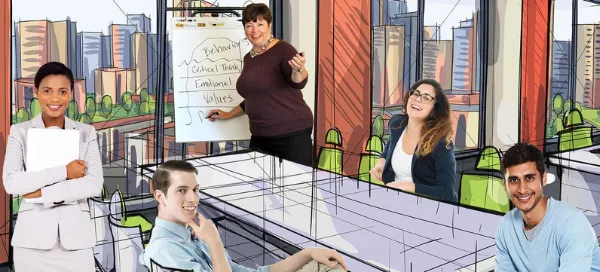
Lead
Ignited
Be the best leader you can be
with this award-winning
learning opportunity.
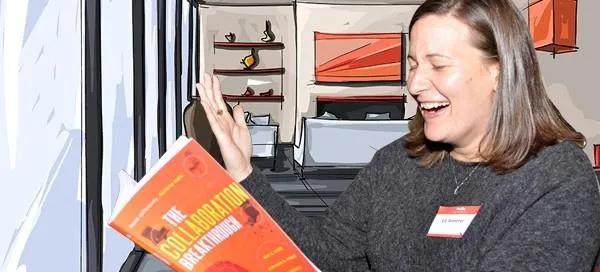
Collaboration
Breakthrough
Create a workplace you love with our best-selling book, employee survey, and interactive team experience.
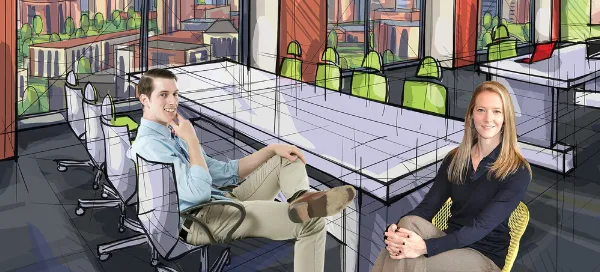
Coaching
Conversations
Replace your archaic review process
with an online system to
guide GREAT conversations.
Download the Best Interview Questions
for Virtual Job Candidates
Look who's using our assessments today:
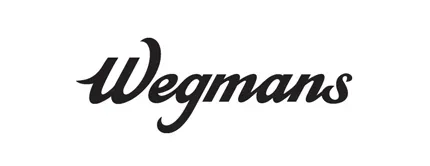
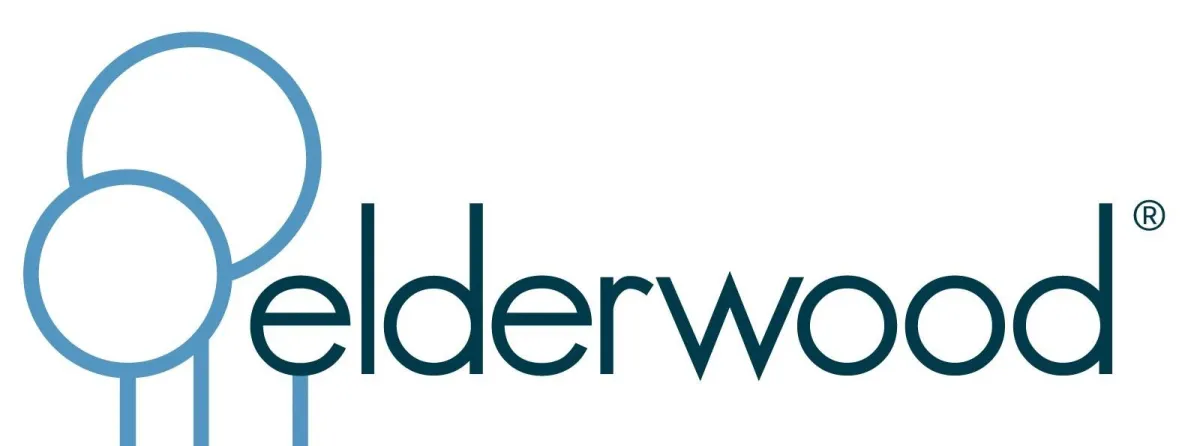


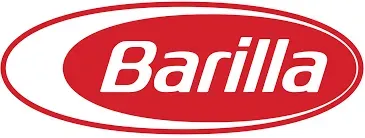

Check out our recent news and blog.
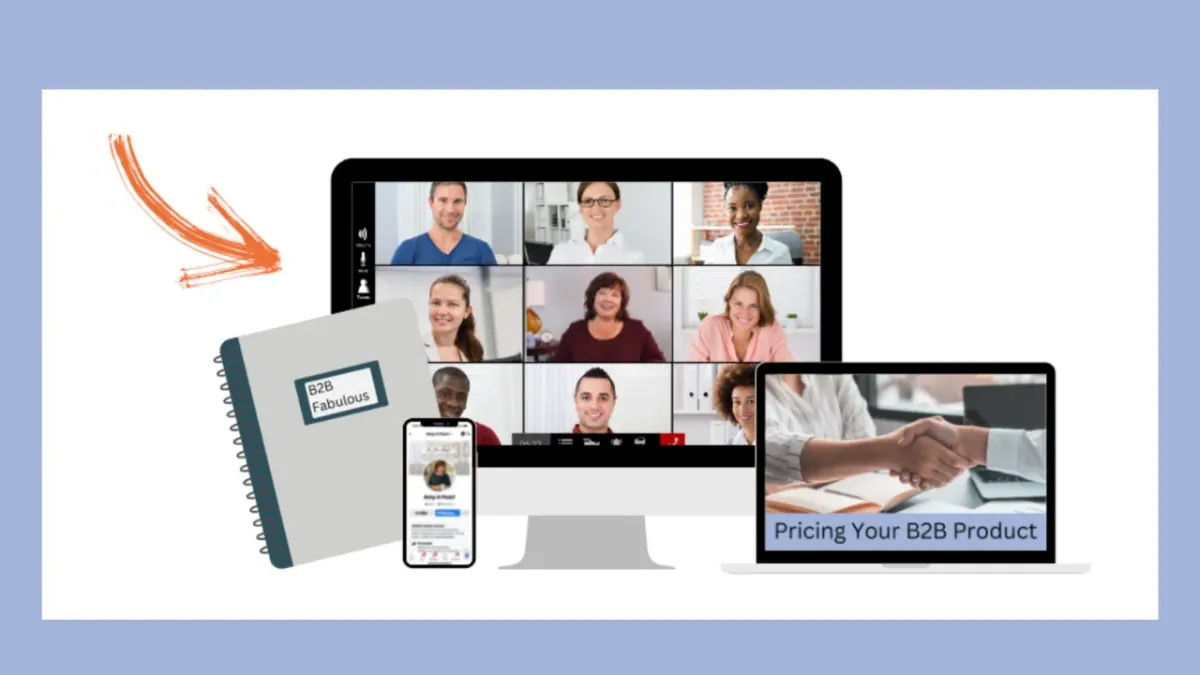
How I Create My Courses While Managing My Perfectionist Tendencies
Creating a course can seem like a monumental task and honestly, it can become a monumental task if you're a perfectionist like me. It's sooooo easy to make a course so complicated that your students get overwhelmed, have trouble implementing their new skills, or worse lose interest and quit. In today's blog post, I'm going to share the 7 P framework I follow when I build my courses and 3 things I do to avoid letting perfectionism stand in the way of progress!
7 P's to Build a Course
Whether I am going to deliver a course in-person, via Zoom, or in pure digital format, 7 factors guide my thinking and development (and conveniently, each factor begins with the letter P). As I develop my content, I seek to answer a variety of questions including those I've listed below.
Participants
Who is the course for?
What is their existing knowledge, experience, and motivation to learn?
Problem
What problem are the Participants having?
What impact is this having on their ability to do their jobs and to achieve their professional and personal goals?
Purpose
What goals will my course help the Participants and the business to achieve?
What benefits will my course help them to realize?
Platform
How will the course be delivered - in-person, via Zoom, online, hybrid?
How can I use Kajabi or another system to make it efficient and promote sustained learning?
Process
What frameworks will the Partcipants learn?
What activities will make the learning engaging and memorable?
Packaging
What materials will the Participants need during the course? (e.g., workbook, assessments, quick reference guides)
What materials will I need to effectively facilitate the program? (e.g., videos, posters, games)
Put Into Action
What guides or tools will the Participants need to implement their new skills or behaviors on the job?
What follow up will build accountability for change?
Once I answer those questions, I get to work. If I'm building a digital course, I follow a pretty specific sequence:
Write the scripts for what I will say in my videos
Create the workbook based on my scripts
Create the PowerPoint slides that I will use in my recordings
I follow this sequece so I know my scripts, workbook, and slides will all align. I often modify my scripts, as I'm developing my workbook and slides. Similarly, I might change earlier modules based on how things unfold in later modules. So, I never finalize my scripts, workbook, or PowerPoint slides until all modules are complete. Once I complete those steps, I:Produce all video content, audio content, and transcripts
Upload my content to Kajabi and create any associated email sequences
Develop any ancillary materials that I'll use as part of the program like assessments or faciltiation materials
If I'm facilitating an in-person workshop, I follow the same process with the only difference being that I don't write out a detailed script (step 1).
Progress Over Perfection
Now, you might say, "Amy, it's your perfectionism that's driving you to have all the details worked out prior to launching your course." Fair enough, it might be. In fact, a lot of gurus recommend that you don't build your course until it's sold and then, build just one module at a time as the training is unfolding. But, when you sell to corporations, not-for-profits, and other organizations, you really can't "wing it" each week by scrambling to pull content together. Clients expect a well-thought out and well-crafted program.
That being said, I fully recognize that my perfectionism often impedes my progress. My desire to give my clients as much value as possible can lead to content overload and overwhelm. If I'm not careful, I could end up building things they don't need or that don't add value. Like in many things, there becomes a point of diminishing return.
Three things help me to keep my perfectionism in check:
Most Valuable Skills: Identify the most valuable skills or insights that have the greatest return on Participants' investment of their time, money, and energy in this course. What are the critical few lessons/learnings that will help your Participants achieve the goals and benefits identified in the Purpose of the course?
Top Questions Asked: Questions you're asked in your coaching conversations, social media exchanges, or even casual conversations represent the information gap that you're uniquely positioned to fill. What questions are you often asked and how could those questions help you prioritize and pare down your content to what's most important to your Participants?
Bete Testing: Sometimes, you don't really know just what to include until you actually pilot or test your course. You'll see when people engage and when they check-out. You'll hear their questions, success stories, and failed attempts that need more attention. Their feedback will help you perfect your course content and approach.
More Ideas for Building A Course
Creating courses and other content is one of my favorite parts of my job. In fact, one of the people who has had the greatest impact on how I develop my courses is my mentor, Amy Porterfield. She's put together a great guide called "Surprisingly Simple Ways to Turn Your Knowledge into a Digital Course" and you can access it here. If you've ever wondered if you can turn your wisdom and experiences into a course that could lead to flexibility and greater freedom, download Amy's FREE guide today!
